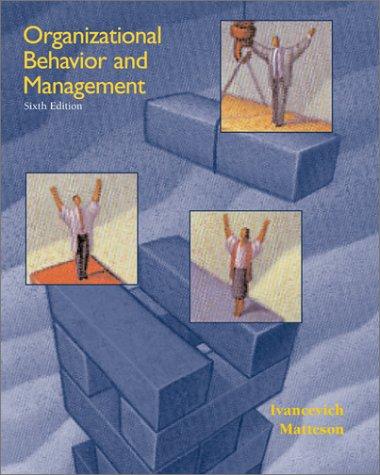Question
Please answer. ASAP 1. What is depreciation? a. The systematic allocation of the depreciable amount of an asset over its useful life. b. The cost
Please answer. ASAP
1. What is depreciation?
a. The systematic allocation of the depreciable
amount of an asset over its useful life.
b. The cost of an asset, or other amount substituted
for cost, less its residual value.
c. The removal of a previously recognized asset from
an entity's statement of financial position.
d. Price that would be received to sell an asset in an
orderly transaction between market participants at
the measurement date.
2. Depreciation of an asset begins
a. When it is available for use.
b. When it is actually used.
c. When it is retired from active use.
d. When it is derecognized.
3. Depreciation of an asset ceases
a. At the date that the asset is derecognized.
b. At the date that the asset is classified as held for
sale in accordance with PFRS 5
c. At the earlier of a or b.
d. At the later of or b.
4. Depreciation is not recognized if
a. The fair value of the asset exceeds its carrying
amount.
b. The asset becomes idle.
c. The asset is retired from active use.
d. The asset's residual value exceeds its carrying
amount.
5. The Seoul Company purchased an office equipment with
a useful life of 10 years on 1 June 2020 for P4,500,000.
At its year end of 31 December 2020, the amount the
company would receive from the disposal of the asset if
it was already of the age and in the condition expected
at the end of its useful life was estimated at P300,000.
Inclusive of inflation the actual amount expected to be
received on disposal was estimated at P500,000.
What should be the depreciation charge for the year
ended 31 December 2020?
a. P420,000 c. P233,333
b. P245,000 d. P210,000
6. The depreciation method used shall reflect the pattern
in which the asset's future economic benefits are
expected to be consumed by the entity. Which
statement is incorrect regarding depreciation methods?
a. Straight-line depreciation results in a constant
charge over the useful life if the asset's residual
value does not change.
b. The diminishing balance method results in a
decreasing charge over the useful life.
c. The units of production method results in a charge
based on the expected use or output.
d. A depreciation method that is based on revenue
that is generated by an activity that includes the
use of an asset is appropriate.
Use the following information for the next three questions.
An entity has a machine with the following details:
Cost P1,750,000
Residual value P155,000
Year purchased 2014
Useful life 10 years
Expected units of production 100,000
Units produced in 2020 8,000
It is the entity's policy to take full year's depreciation in
the year of disposal and none in the year of acquisition.
Compute deprecation for 2020 using the appropriate
method.
7. The machine's service potential declines with use.
a. P175,000 c. P140,000
b. P159,500 d. P127,600
8. Sum-of-the-years' digits method
a. P174,000 c. P145,000
b. P159,000 d. P116,000
9. 200% declining-balance method
a. P114,688 c. P91,750
b. P104,530 d. P83,624
10. Holdaway, Inc., a small furniture manufacturer,
purchased the following assets at the end of the year.
Asset # Cost R,V. D.A. Life
1 P24,000 P5,000 P19,000 5 years
2 900 130 770 7 years
3 320 - 320 8 years
4 9,000 500 8,500 5 years
P34,220 P5,630 P28,590
The group depreciation rate is
Step by Step Solution
There are 3 Steps involved in it
Step: 1

Get Instant Access to Expert-Tailored Solutions
See step-by-step solutions with expert insights and AI powered tools for academic success
Step: 2

Step: 3

Ace Your Homework with AI
Get the answers you need in no time with our AI-driven, step-by-step assistance
Get Started


